Benefits Of Catnip – How To Use Catnip Herb Plants
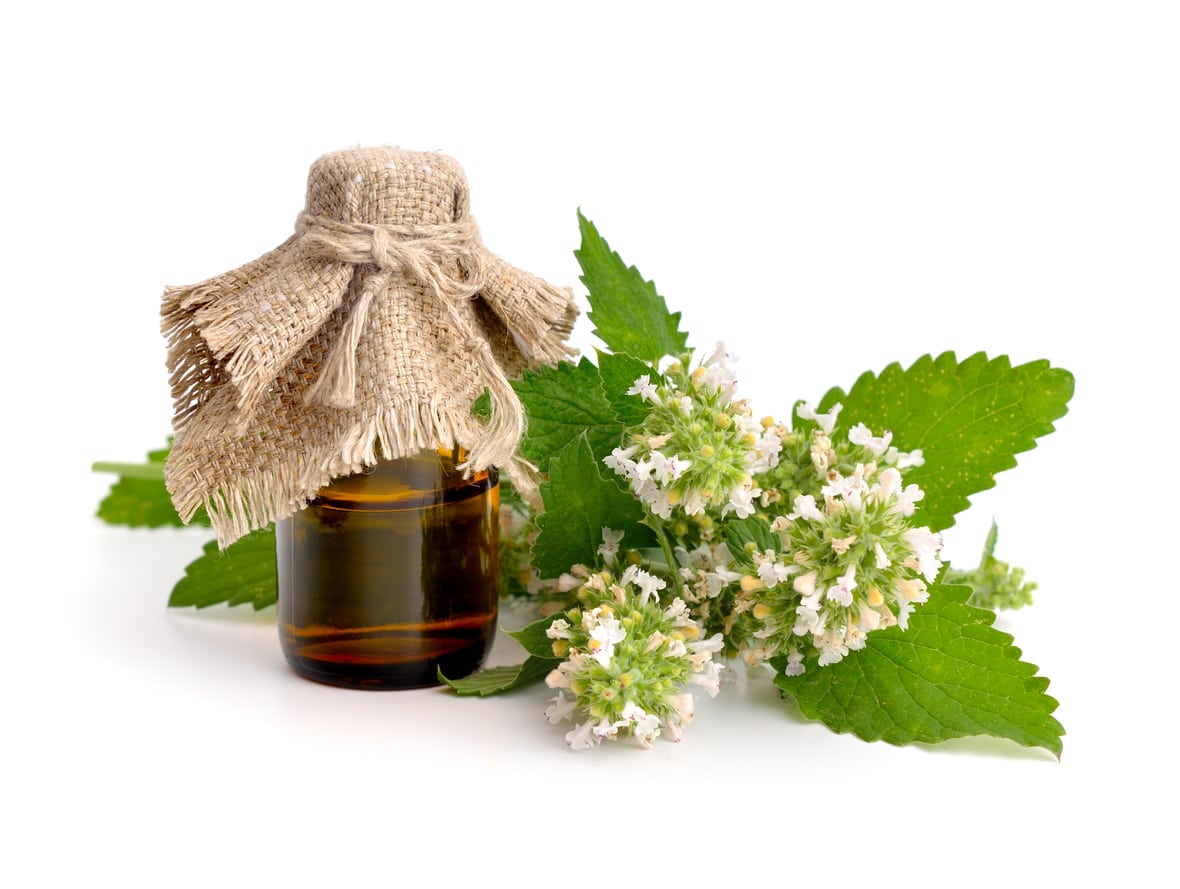
If you have a feline friend or two, you are no doubt familiar with catnip. Not every cat is interested in catnip, but those that are can’t seem to get enough of it. Kitty loves it, but what else can you do with catnip? Catnip herb plants have a history of herbal uses. So, what are the benefits of catnip and how do you use catnip? Read on to learn more.
What to Do with Catnip
Catnip herb plants are grey-green perennials from the mint or Lamiaceae family. They grow 2-3 feet (61-91.5 cm.) in height with fuzzy, heart-shaped, serrated leaves and are native to areas of the Mediterranean in Europe, Asia, and into Africa. Introduced by European settlers, the plants are now naturalized and grown throughout North America. Catnip is most often cultivated for our pampered feline companions, or rather to entertain us while they play with it. Cats respond to the active compound called nepetalactone that is released from the plant when the animal rubs or chews on the fragrant leaves. Despite the fact that some cats eat catnip, the essential oil acts on their noses, not their mouths. So, while cultivating catnip for Fluffy is an entertaining use of the herb, are there other catnip herbal uses that we can enjoy?
How to Use Catnip Plants
Catnip has been used in traditional herbal medicine for centuries and was first mentioned in De Vivibus Herbarum in the 11th century. It was infused into a tea and used to calm and induce restful sleep. It was also used to treat stomach ailments, fevers, colds, and flu. It helps to soothe aches associated with fever when used in the bath. While traditionally the major benefit of catnip is as a sedative, it also has strong insect repellent properties. In fact, catnip oil repels insects better than the synthetic repellent DEET but, unfortunately, catnip loses its effectiveness within a few hours. All parts of catnip have been used in fold medicine with the exception of the roots, which have an over-stimulating effect. Much like some cats when they have had too much catnip, they can get rather aggressive. Catnip can also be added into cooking to aid in digestion. It is also anti-fungal and a bactericide for Staphylococcus aureus, a common cause of food poisoning. So, while catnip’s effects on humans isn’t the same as in cats, the plant certainly is a welcome addition to the home herb garden for its numerous remedies, especially as tea. Store it in an airtight container in the freezer to preserve its potency.
Gardening tips, videos, info and more delivered right to your inbox!
Sign up for the Gardening Know How newsletter today and receive a free copy of our e-book "How to Grow Delicious Tomatoes".

Amy Grant has been gardening for 30 years and writing for 15. A professional chef and caterer, Amy's area of expertise is culinary gardening.
-
 Moody Blooms For Spring: 8 Types Of Black Flowers To Add Drama To Spring Displays
Moody Blooms For Spring: 8 Types Of Black Flowers To Add Drama To Spring DisplaysFrom midnight burgundies to inky violets, several types of black flowers can enrich and embolden a spring display. Try these brooding bloomers for a moody garden
By Tonya Barnett
-
 Can Snake Plants Live Outside? Everything You Need To Know For Snake Plants Al Fresco
Can Snake Plants Live Outside? Everything You Need To Know For Snake Plants Al FrescoSnake plants can live outside given the right conditions, but be careful that they don't take over! Learn the best way to use snake plants in your landscape.
By Mary Ellen Ellis
-
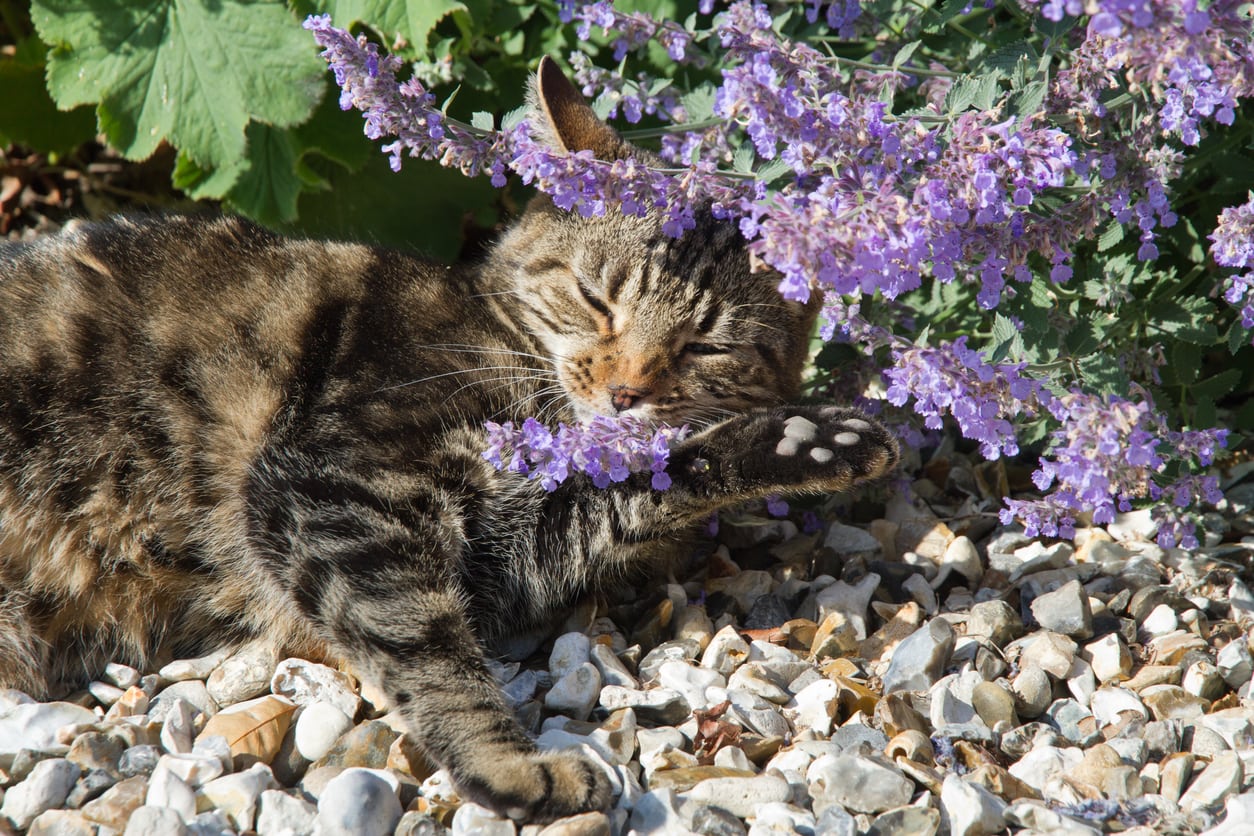 Catnip Winter Care – Is Catnip Winter Hardy
Catnip Winter Care – Is Catnip Winter HardyEven if you don’t have cats, catnip is a perennial herb that is easy to grow and attracts bees and other pollinators. You can even make a tasty and stomach-soothing tea from it. Depending on where you live, winter can be a little harsh on your catnip, so learn how to protect it here.
By Mary Ellen Ellis
-
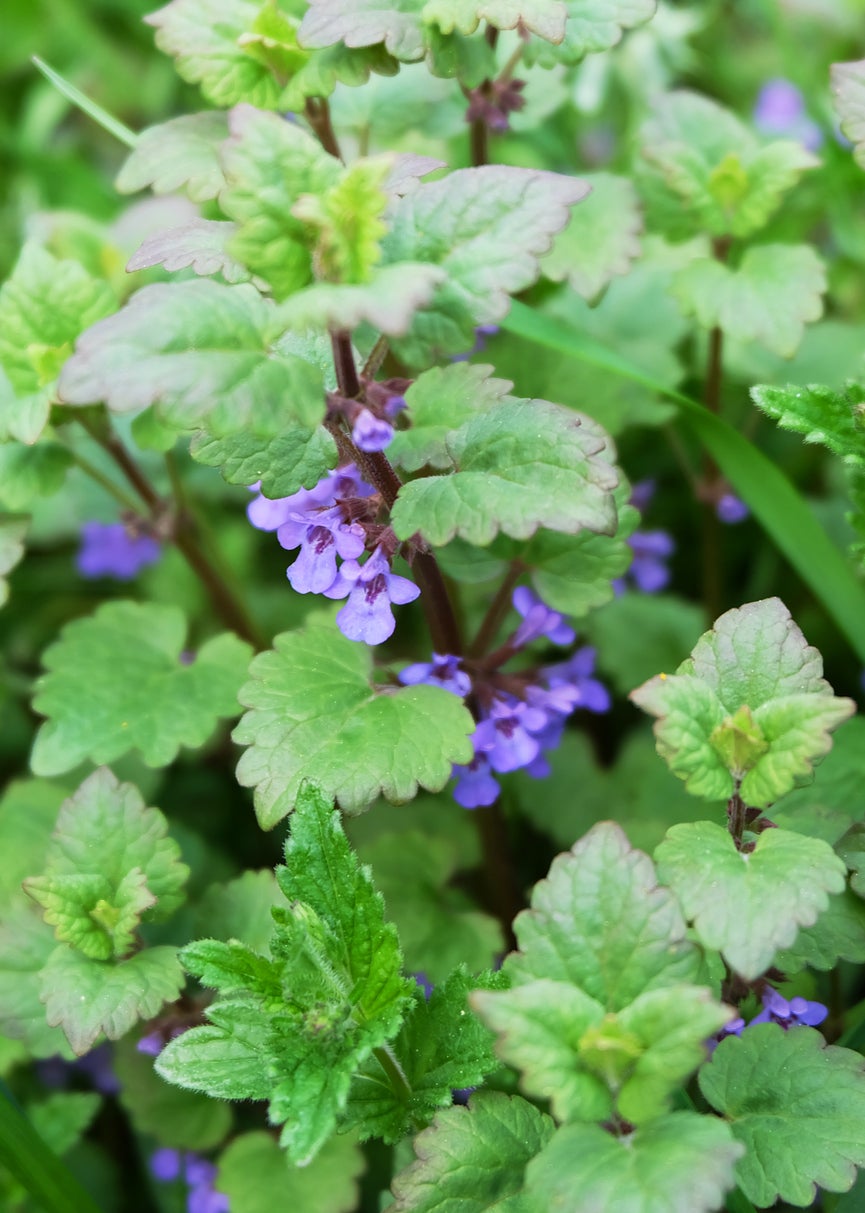 Cutting Back Catnip: Should I Prune Catnip Plants
Cutting Back Catnip: Should I Prune Catnip PlantsCatnip is a no-fuss, easy-to-grow member of the mint family that requires little maintenance. What about pruning catnip plants though? Is cutting back catnip necessary? Click here to find out about pruning catnip plants and, if need be, how to prune catnip.
By Amy Grant
-
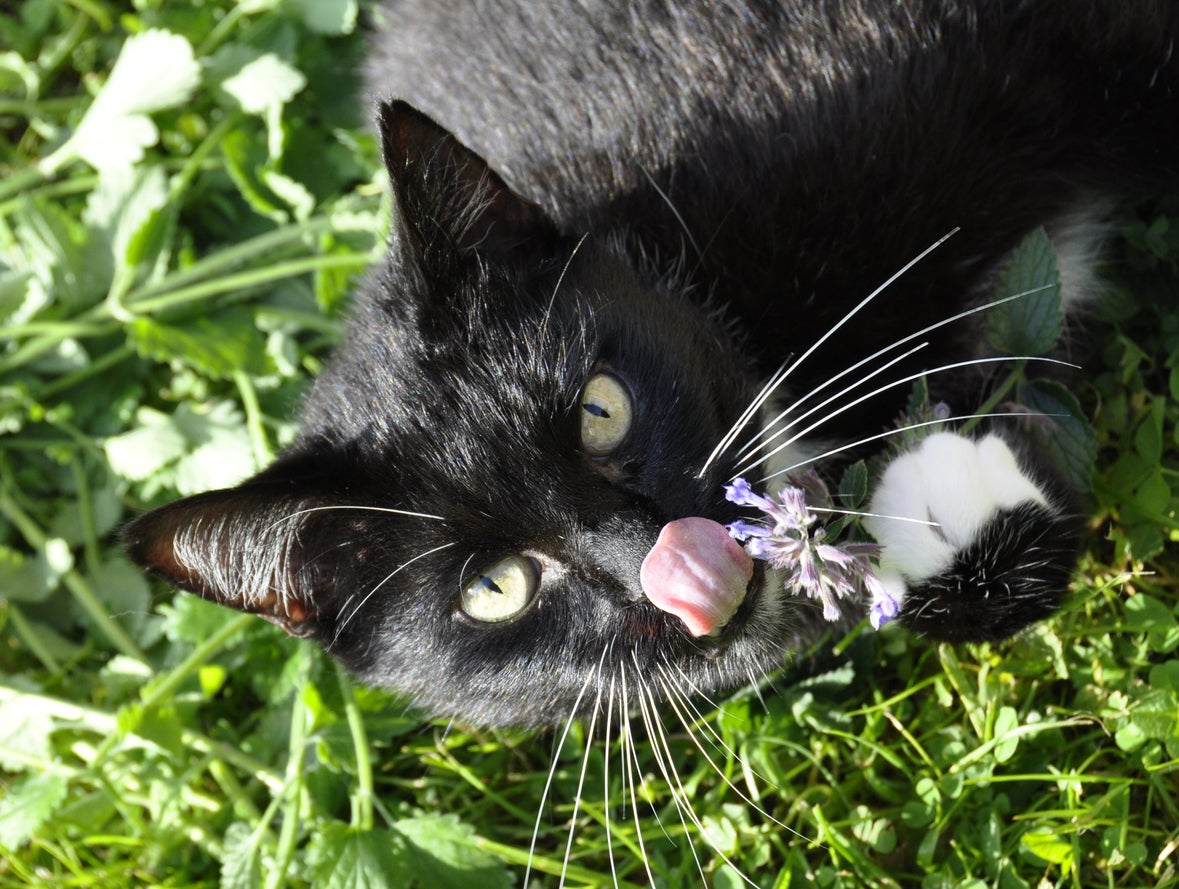 Planting Catnip For Cats: How To Grow Catnip For Cat Use
Planting Catnip For Cats: How To Grow Catnip For Cat UseIf you have cats, then you are more than likely to have given them catnip or have toys for them that contain catnip. As much as your cat appreciates this, he/she would love you even more if you provided them with fresh catnip. Learn about planting catnip for cats here.
By Amy Grant
-
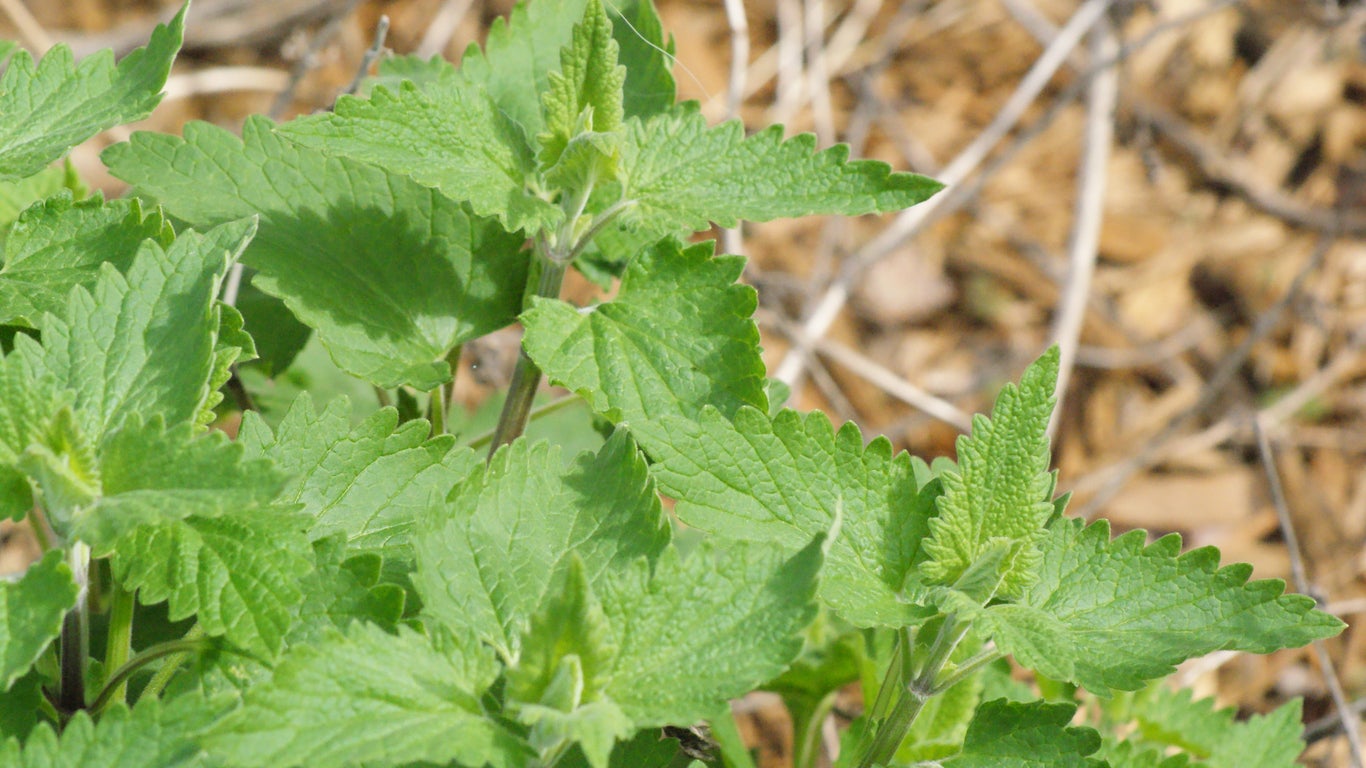 Treating Catnip Diseases – How To Manage Problems With Catnip
Treating Catnip Diseases – How To Manage Problems With CatnipThere are few issues that will seriously affect the plant's health. They take quite a lot of abuse from overly interested neighborhood felines. However, if your plant looks sick, fungal issues are probably the most common diseases of catnip. Learn more here.
By Bonnie L. Grant
-
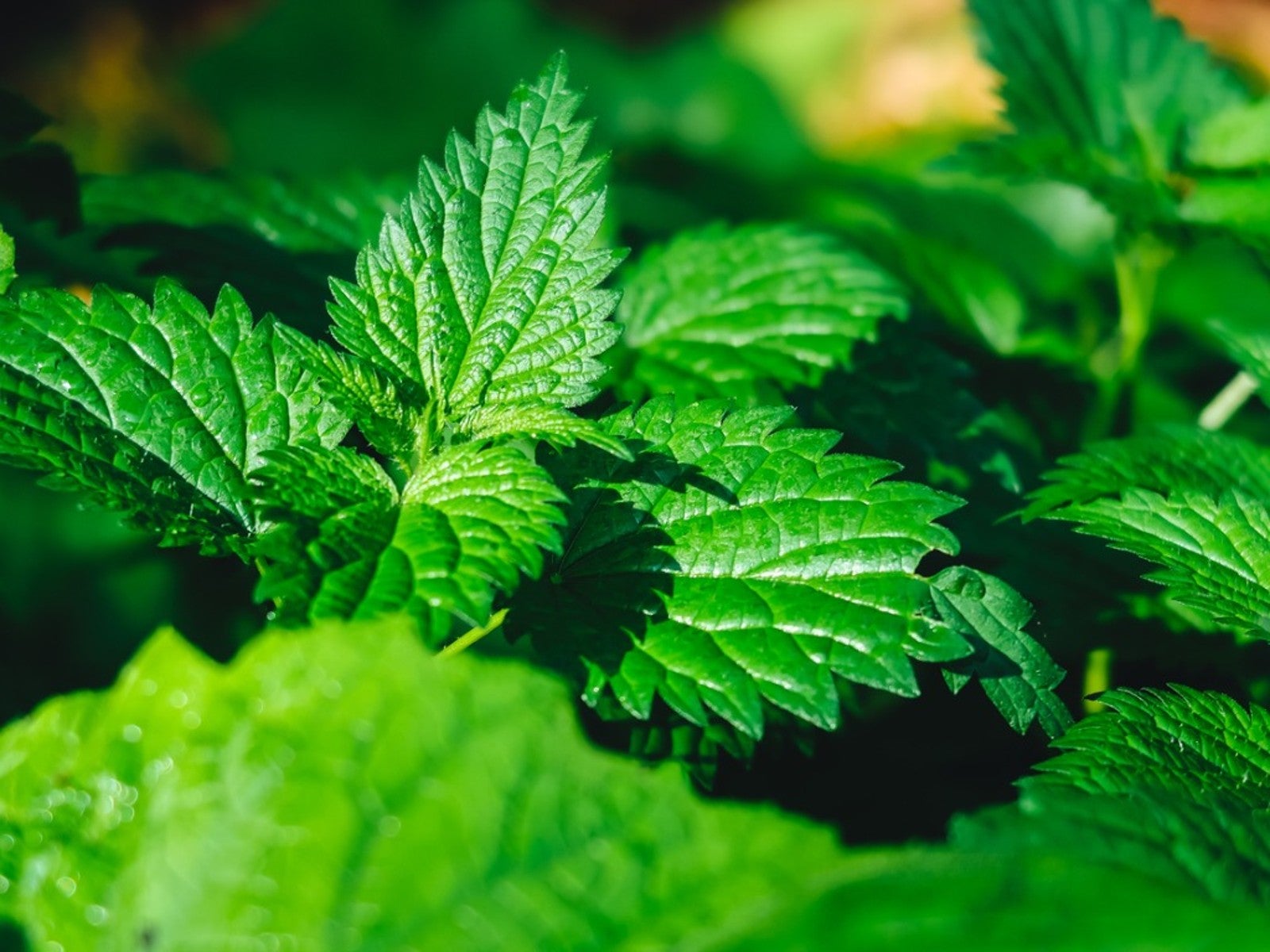 Catnip Propagation Methods – Tips For Growing New Catnip Herb Plants
Catnip Propagation Methods – Tips For Growing New Catnip Herb PlantsDoes kitty love her catnip toys? Well then, perhaps you should grow your own catnip herb plants. Don’t know how to propagate catnip? Growing new catnip plants is easy. Click on the following article to find out about catnip propagation.
By Amy Grant
-
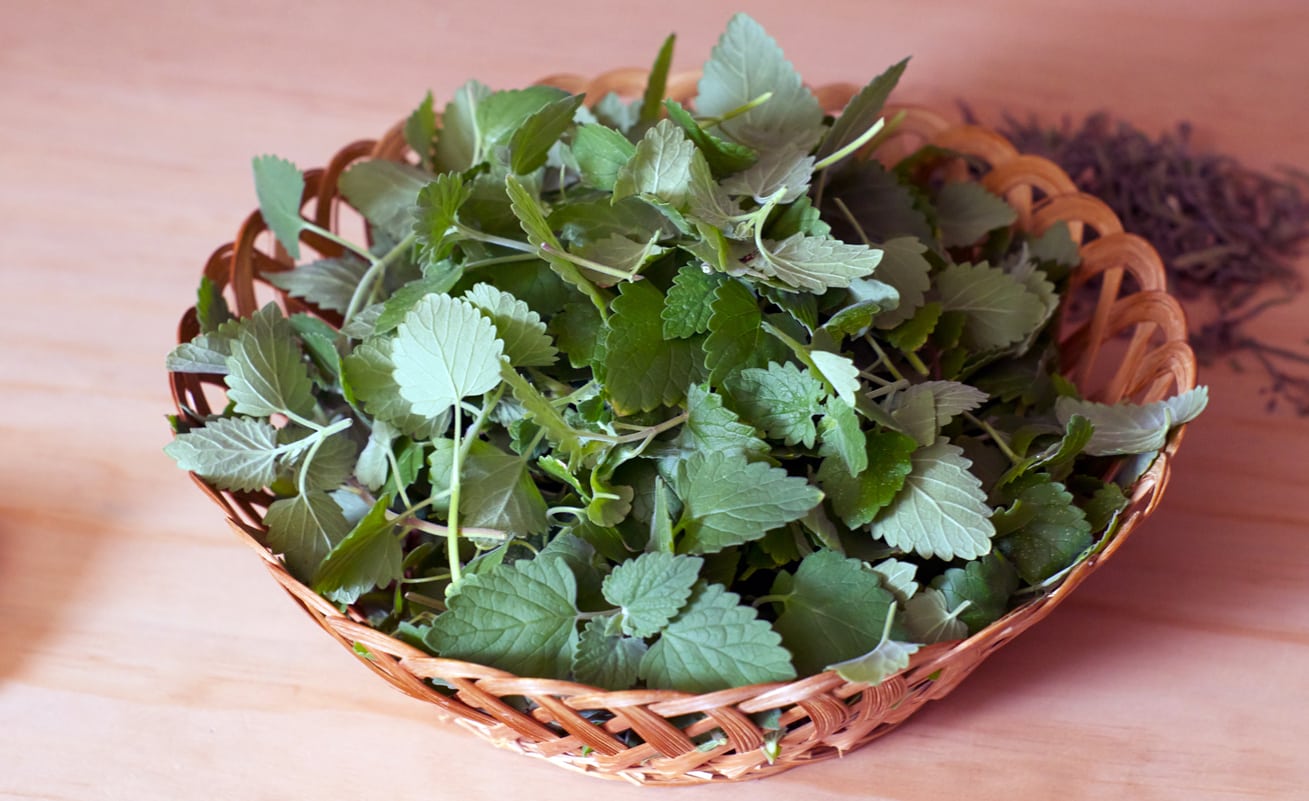 What Is Catnip For: Learn About Various Uses For Catnip
What Is Catnip For: Learn About Various Uses For CatnipThe name says it all, or almost all. Catnip is a common herb that you can cultivate in the garden but that also grows wild. Knowing how to use catnip means you can put this plentiful herb to good use for both you and your feline friends. Learn more in this article.
By Mary Ellen Ellis
-
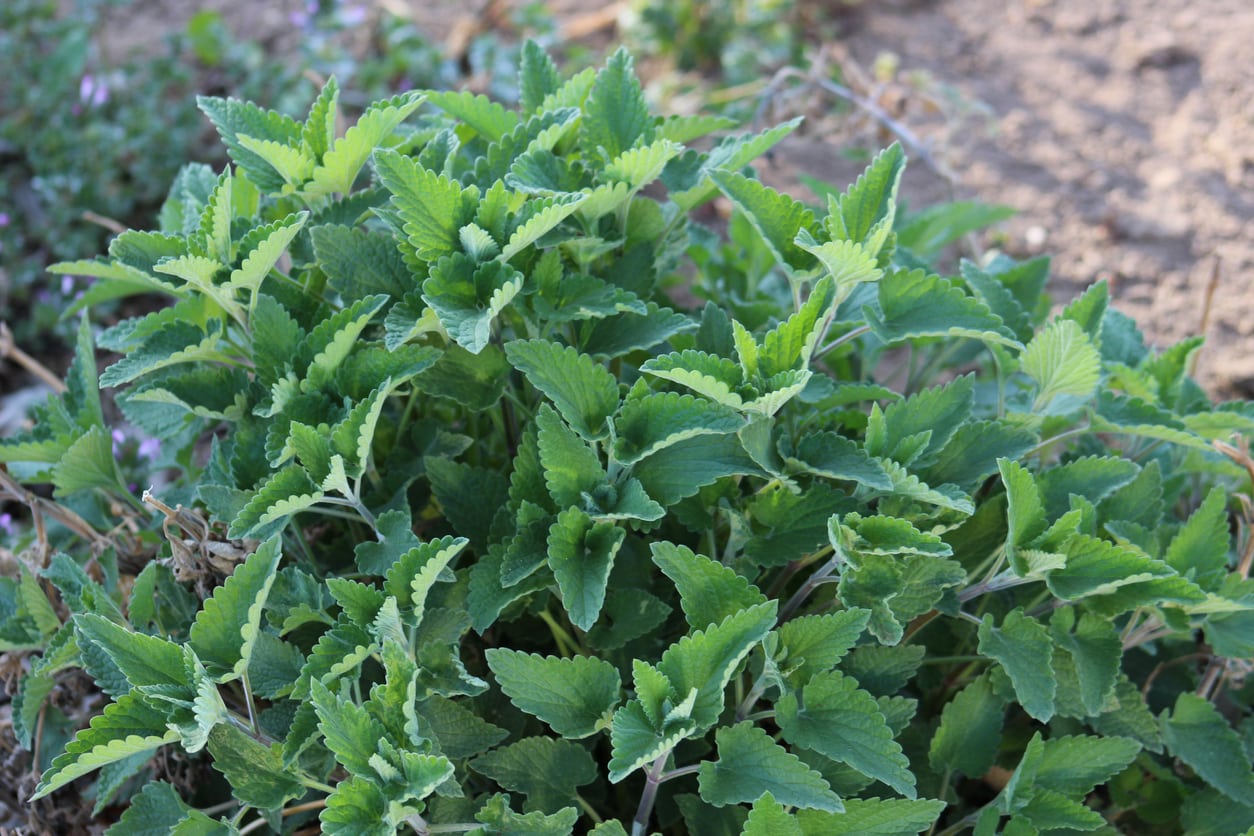 Catnip Plant Varieties: Growing Different Species Of Nepeta
Catnip Plant Varieties: Growing Different Species Of NepetaCatnip is a member of the mint family. There are several types of catnip, each easy to grow, vigorous and attractive. Learn more about the various types of catnip plants that you can add to your garden here in this article.
By Bonnie L. Grant
-
 Dogs And Catnip – Is Catnip Bad For Dogs
Dogs And Catnip – Is Catnip Bad For DogsCats and dogs are opposite in so many ways that it is no surprise that they react differently to catnip. While cats delight in the herb, rolling in it and becoming almost giddy, dogs do not. So is catnip bad for dogs? Can dogs eat catnip? Find out in this article.
By Teo Spengler